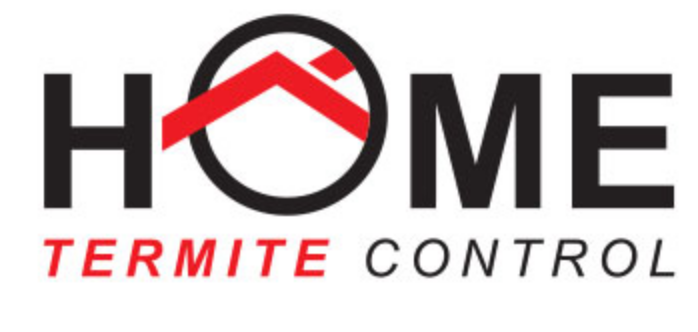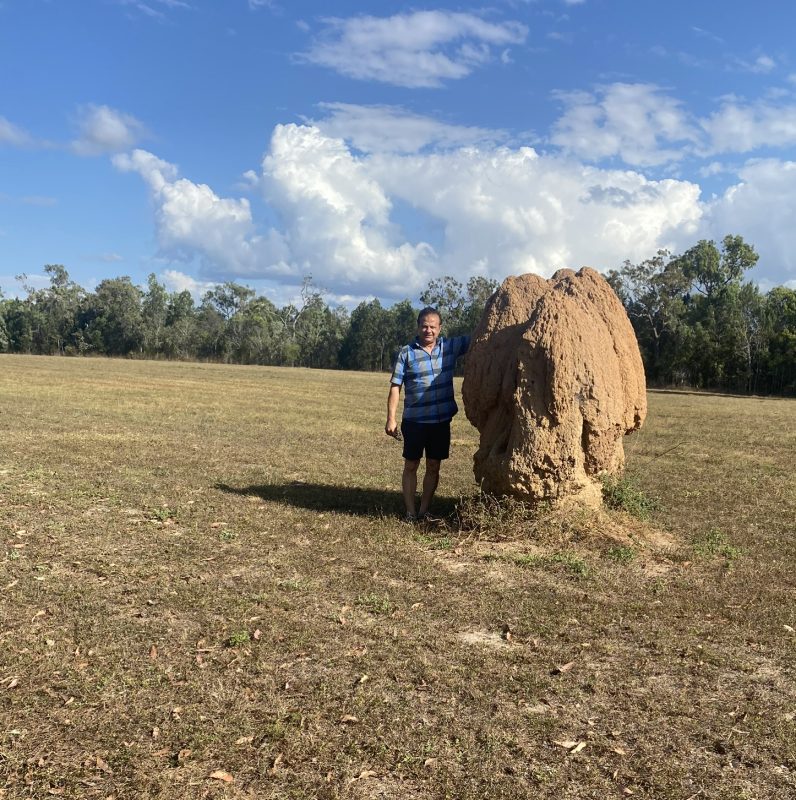We all know termites can cause massive damage to homes and other buildings – that’s why businesses like Home Termite Control exist! To help you avoid that damage, let’s look at identifying termites, significantly how to differentiate them from other pests. (Do you know which of those little critters in our top image is the termite?)
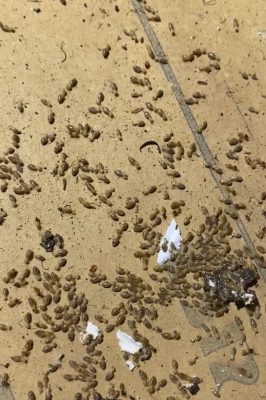
We’ll start with some background on termites. These little creatures are divided into three different categories:
Dampwood Termites
These termites do not live in a centralised colony but in small independent groups. They usually attack damp and rotten poles and timber in the ground. You may also find them in damp or poorly ventilated subfloors.
The best way to prevent these termites coming into your home is to improve ventilation in all areas and to ensure the ground is clear of timber.
Drywood Termites
Drywood termites don’t require ground water, since they get their moisture from their food and from the air. They are mostly found in tropical areas with high humidity, where the temperature doesn’t fluctuate much.
Like their dampwood cousins, they live in small independent groups rather than large colonies.
Subterranean Termites
Subterranean termites are the most destructive of all termite categories in Australia.
There are many different species of subterranean termite. They all live in centralised colonies, and can travel up to 160 feet or 50 metres from the nest.
Confusingly, these termites don’t all make their nests underground – nests may be underground, on the ground or even in trees. So why are they called subterranean? It’s because they make mud tunnels to travel to and from the nest. Even when they’re above ground, they are in the cover of a tunnel.
How to identify termites
Termites look different at different stages of their life. There are also different kinds of termite within each colony – the king, queen and workers, as well as soldiers.
Many people get termites and ants confused – not so much the everyday worker ones, but the winged reproductives.
Here’s how you can tell termites and ants apart:
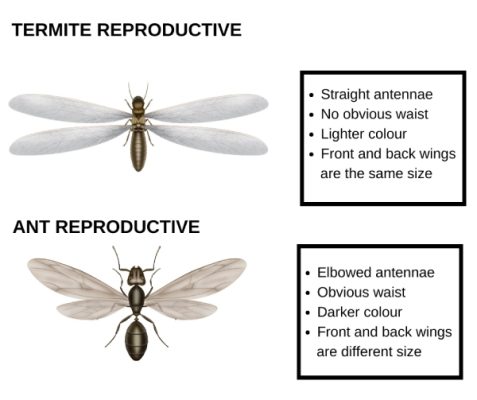
Now you know how to identify termites, take another look at the photo at the top of this post – can you tell which is the winged ant and which is the winged termite reproductive?
| Ants | Termites |
|
|
|
|
The biggest challenge people have is with the reproductives – that is, the winged princes and princesses which can become king and queen of a new colony. Less than 1% of all reproductives find a mate and start a new colony, but even one colony is too many if it’s in your house! So you want to identify and eliminate them.
If you’re still not sure about the answer to our photo quiz, now’s the big reveal. That smaller, pale-coloured winged beast on the right is the termite reproductive. You can clearly see the ant reproductive’s tiny waist – if flying things round your house have that shape, you have nothing to worry about! Except ants eating your food, of course.
What to do if you see flying insects near your home
An existing termite colony will release a swarm of reproductive two or three times a year, mostly in the warmer months. If you see a mass of flying insects, the first thing to do is to check whether they are ant or termite reproductives.
If they’re ants, you can relax. If they’re termites, it’s not so easy. Check where they’re coming from. There are termites on 30% or more of properties in Australia – but often they’re in the yard rather than the house itself.
- If the reproductive termites are coming from an outdoor location and your home is treated, you can relax.
- If they’re in the outdoors but your home is not treated, it’s a good time to get your home treated before they start a colony.
- The most serious problem is when winged termite reproductives are coming from your walls. That means the existing colony is inside your home somewhere. Get in touch right now so we can deal with them before they do any more damage.
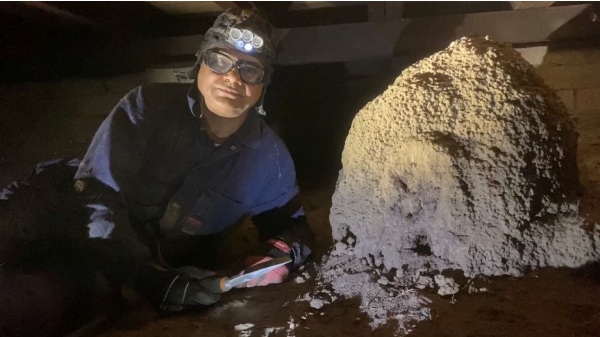
If you’re not sure what you’re dealing with and you’d like some peace of mind, call us and we can check everything out for you.
